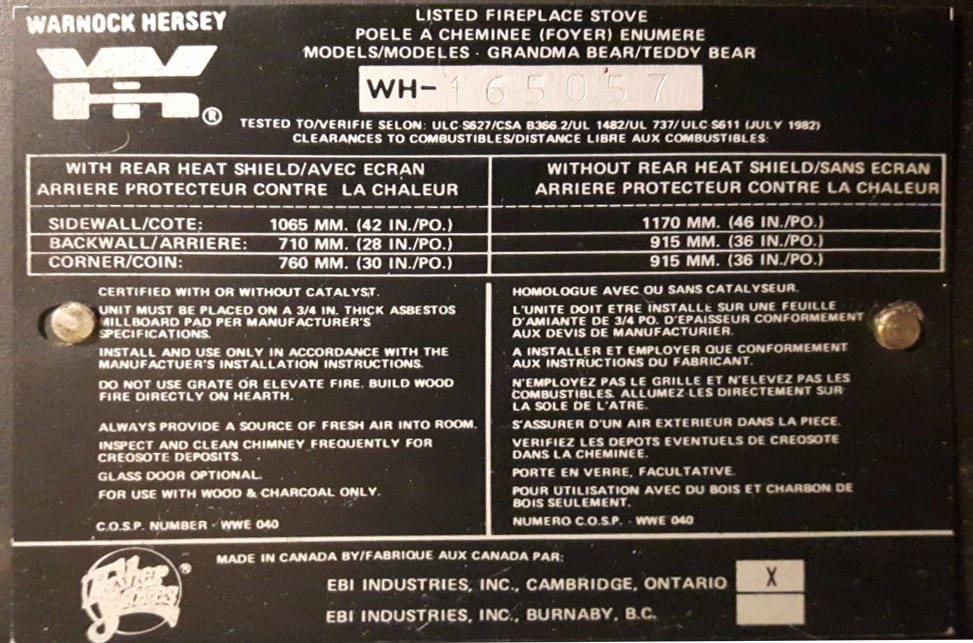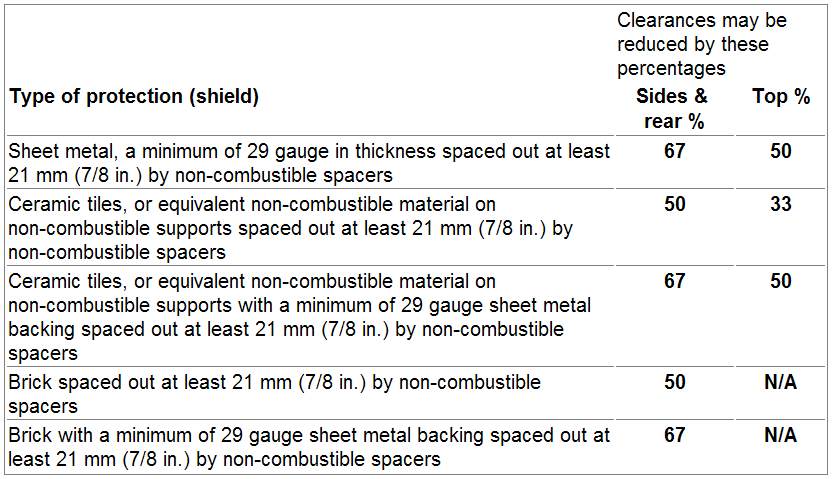Spring is an exciting time. Birds are chirping. Golf courses are getting prepared. Snow is disappearing and we can start our forgetfulness that winter ever existed. Time to enjoy our great summer. However, some of us have allergy issues as the snow mould reveals itself, plants begin to bloom and dust/pollen start to float around. What can we do about it?
There are some great over the counter drugs that can quickly help you with such issues: Claritin, Reactine, etc. However, if you’re looking for a more natural remedy, here are some suggestions:
- Change your air filter in your home. Check if you have a high quality hepa-filter installed in your furnace. These remove 99% of particles that are 0.3 microns in size. However, not all furnaces have the force to blow through such a thick filter, therefore you have to check into the MPR rating to find an Allergen Defense Furnace Air Filter. The Filtrete MPR 2200 has a 4.5 star rating on Amazon for an elite one or Nordic Pure if you are looking for more quantity.
- Butterbur can be consumed as a tablet or in tea form. The extracts are used for headaches, fever and nasal allergies. It blocks the chemicals that cause swelling in the nasal passage, similar to an antihistamine but without the drowsiness. Other options to consume: Stinging Nettle Leaf tea or sip some Apple Cider Vinegar.
- Probiotics – these are most known for our gut health and balancing our bacteria; probiotics have shown support to the immune system in children who suffer from allergic rhinitis (hay fever).
- Nasal irrigation – flushing your nose with a “Hydrasense” system or “Neti Pot” will flush out the mucus and other bacteria caught in your nasal passage.
- Breating in eucalyptus oil – this scented oil that comes from dried leaves of the plant, provides allergy relief due to its ability to reduce inflammation. It was beneficial to those who had respiratory issues such as asthma.
- Acupuncture – this chinese medicine has proven to be effective in muscle tension relief along with helping patients with allergic rhinitis.
These are just some suggestions that may help you with this transition from winter to spring. Talking to a naturopath or doctor will provide much better results for any allergy issues you may have. This is generic information for everyone, where they will provide you with more specific advice that will directly apply to you and your needs. Take care of yourself and we will talk to you next week.

